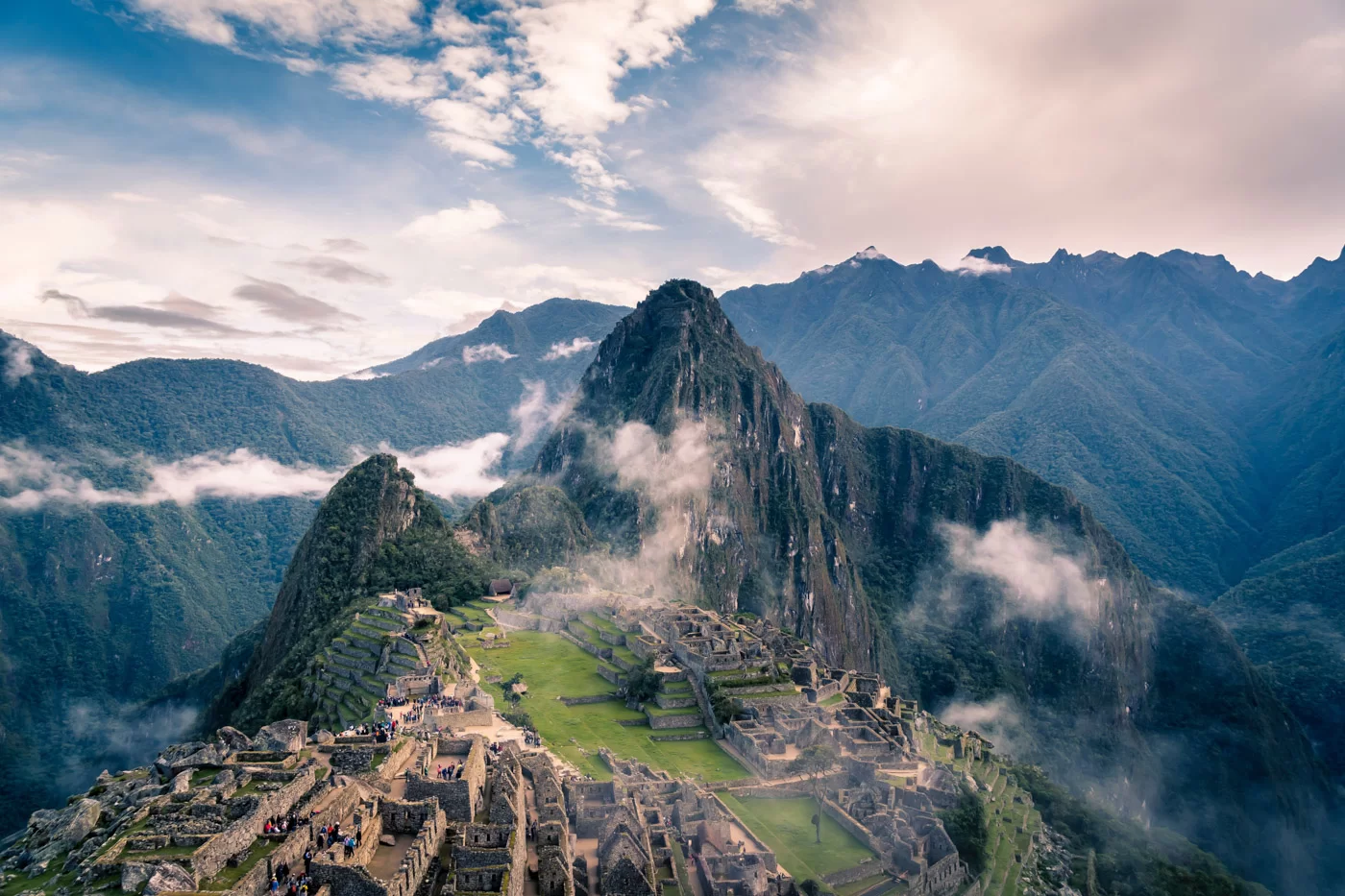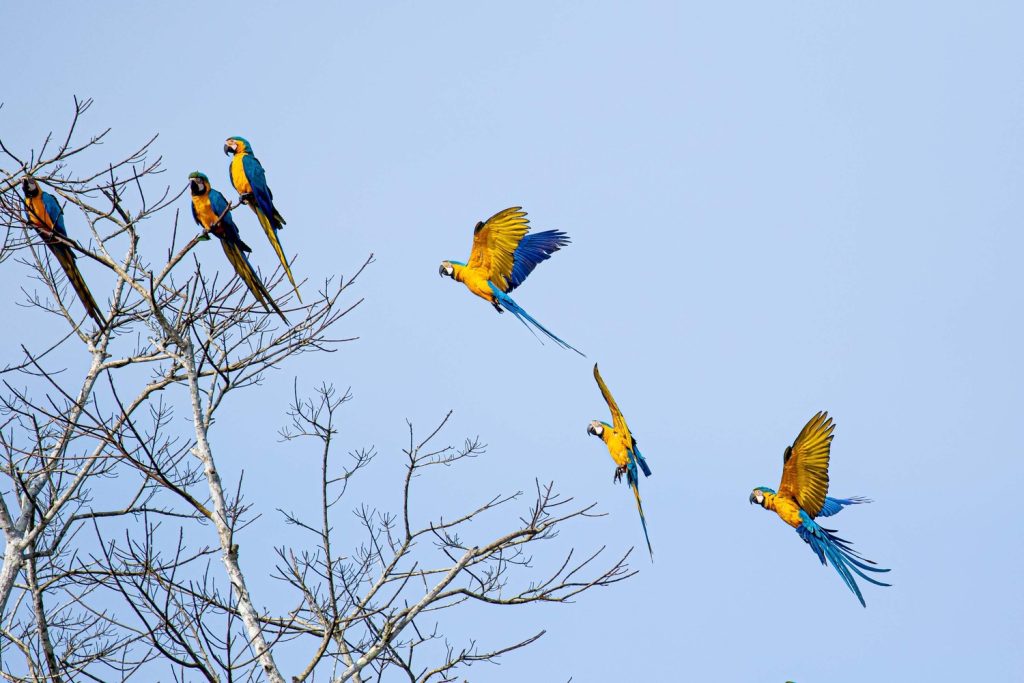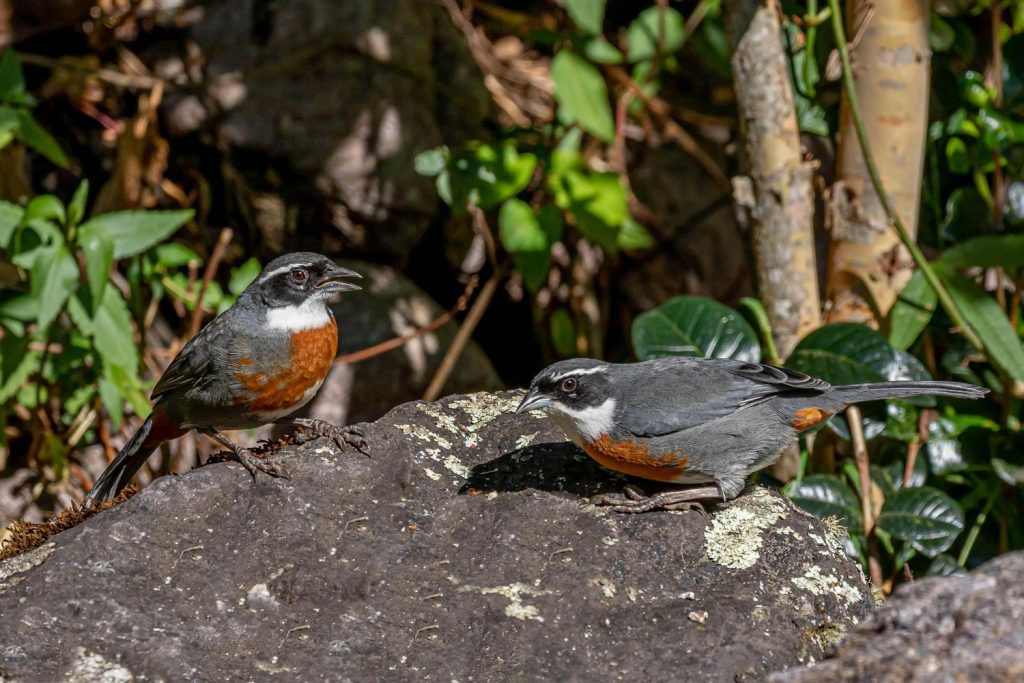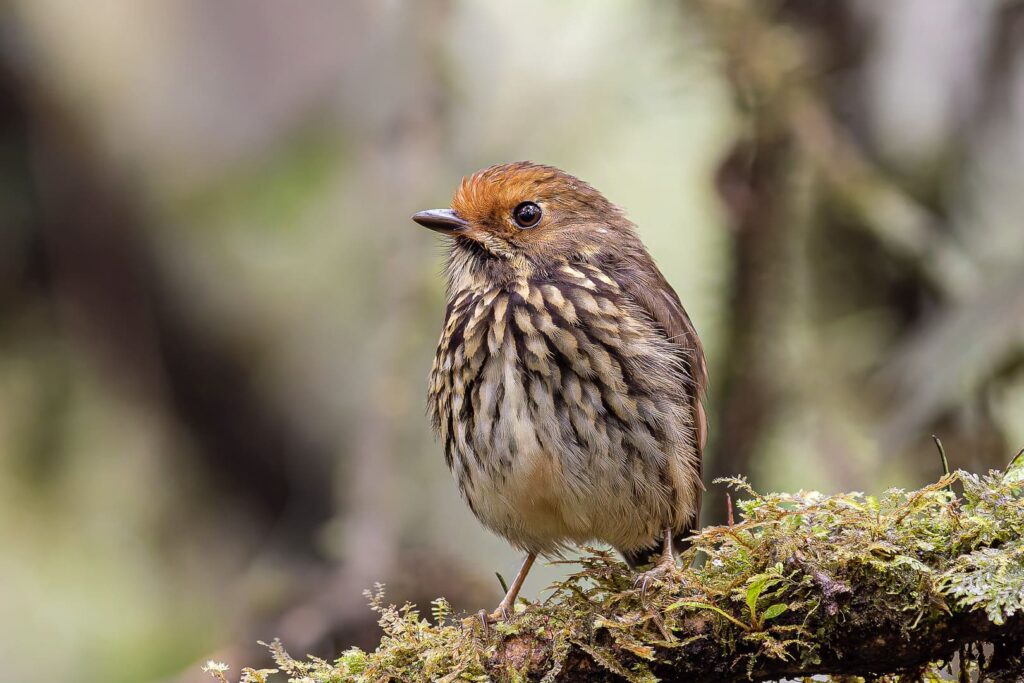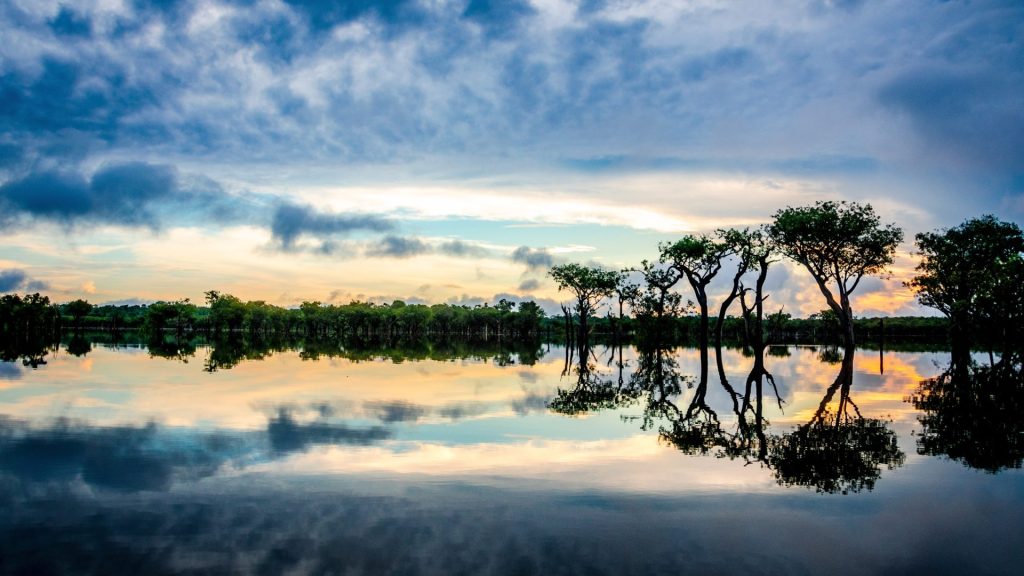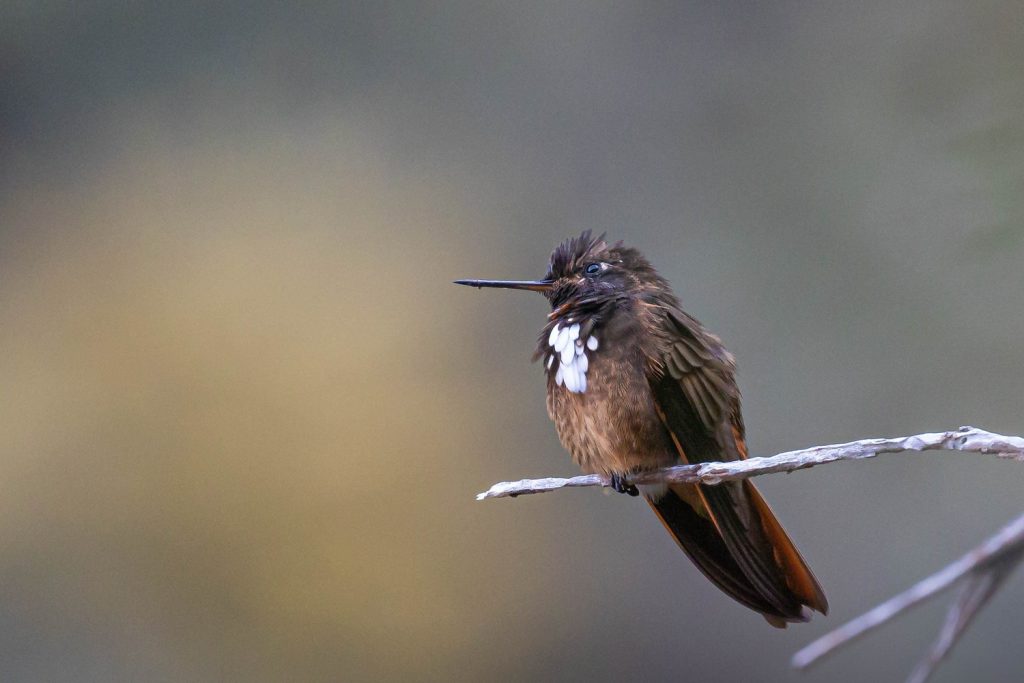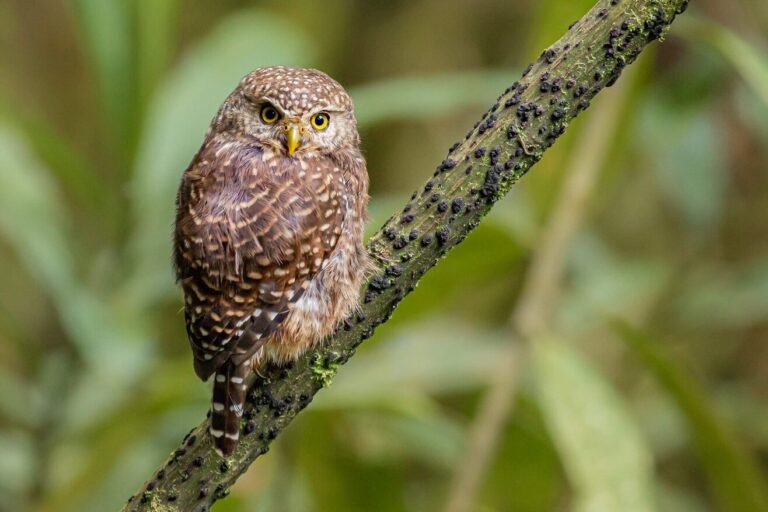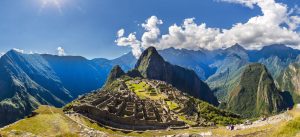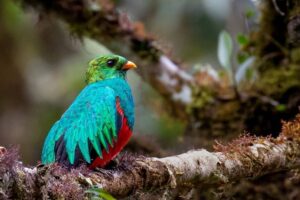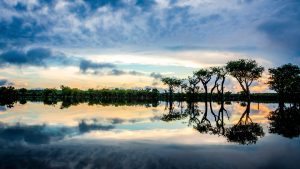BIRDING FROM ANDES TO THE AMAZONIA (Manu Cloud Forest and Foothills)
- From
- Trip Type
- Activities
- Trip Duration
- Group Size
- Habitats Covered
- Trip Outline
- Itinerary
- Trip Includes
- Gallery
- FAQ
Trip Outline
Manu is an ecological gem that weaves together the rich tapestry of life from both lowland and cloud forest habitats, creating a paradise for birding like no other. It ranges from Andes to the Amazon basin, the pristine Manu region is a breathtaking mosaic of ecosystems. This is a land where the dramatic, ever-changing scenery of the high Andes foothills gracefully merges with the mysterious cloud forests. As you embark on this journey, you’ll be awe-inspired by the sheer beauty of the geography – from the rugged, snow-capped peaks to the lush, mist-covered hills, Manu’s landscapes will leave an indelible mark on your soul.
But it’s the avian treasures of the region that truly set it apart. The cloud forests of Manu serve as a bridge between the lowland and highland bird species, creating a dynamic and unique birding experience. It’s trully a place where the melodies of the Andes meet the rhythms of the Amazon, and birdwatching becomes an unforgettable symphony of nature’s marvels.
The high diversity in these pristine landscapes is a testament to Manu’s status as a UNESCO World Heritage Site. Within the park’s boundaries, countless species, many of them yet to be fully documented, coexist in harmonious balance. As you explore the cloud forests and foothills, you’ll be greeted by the enchanting songs of birds that inhabit this breathtaking crossroads.
Manu National Park is more than just a destination; it’s a journey through time and terrain. In the cloud forests and foothills of Manu, the combination of beautiful geography, awe-inspiring landscapes, and unparalleled avian diversity creates a dream destination for birdwatchers and nature enthusiasts. Join us as we delve into this untouched paradise, where the realms of lowland and cloud forest species converge, and the enchantment of the Andes-Amazon blend awaits your exploration. Immerse yourself in the allure of Manu National Park, a place where your connection with nature and birding will reach new heights.
Itinerary
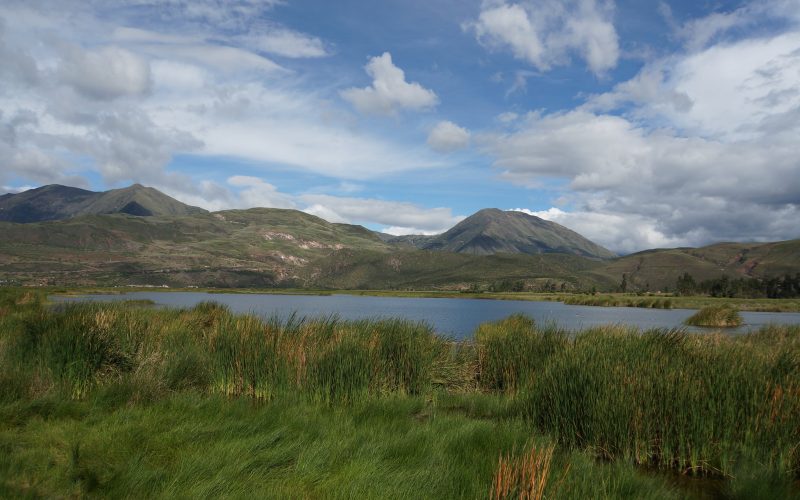
Cuzco - Wayquecha lodge.
The journey starts early in the morning in Cusco, the capital of the Inca Empire. The road takes us first to Huacarpay, a Ramsar Wetland, which provides habitat for a wide variety of local and migratory species. Some of the specialties include waterfowl such as Yellow-billed Pintail, Puna Teal, Plumbeous Rail, Andean Duck, Andean Tinamou, White-tufted Grebe, and the reeds may show us Many-colored Rush-tyrant and Wren-like Rush-bird. The lake surroundings also hold nicotiana flowers, which attract Black-throated Flowerpiercer, Black-tailed Trainbearer, Giant Hummingbird, and the spectacular and endemic Bearded Mountaineer (E). Finally, the xerophytic vegetation holds the endemic Rusty-fronted Canastero (E) , Streak-fronted Thornbird, Puna Tinamou, and the very rare Darwin's Nothura, among several others.
At mid-morning, we will get back to the road, driving along puna habitats where Slender-billed Miner, Peruvian Sierra-finch, Andean Flicker, Variable Hawk, etc.
At midday, we will finally get back to the Aqjanaco pass, the entrance to Manu National Park, for a picnic lunch, leaving dry intermountain valleys and starting our way towards more lush vegetation and higher diversity. Aqjanaco presents access to one of the most pristine and delicate habitats, the Elfin forest. The opportunities here are excellent for specialties such as the Endemic Urubamba (E) & Red-and-white (E) Antpittas, Puna Thistletail, Puna & Diademed Tapaculos, Moustached Flowerpiercer, Scribble-tailed Canastero, and the spectacular Gray-breasted Mountain-Tanager. Finally, the mixed flocks here hold colorful Tanagers like Scarlet-bellied & Hooded Mountain-tanagers, Golden-collared & Grass-green Tanager, Pearled Treerunner, Yunga's Pygmy Owl, Grass Wren, and many others.
Night at Wayquecha Lodge
Wayquecha – San Pedro.
Wayquecha is located in the Elfin forest. Chilly and humid, the place is always “on” clouds. Very little is known about this delicate habitat. At 3,000 meters elevation, the place is known, not only for the birds, but several sp. of orchids are found here too. The garden regular visitors are Long-tailed Sylph, Scaled and Tyrian Metaltail, Shinning Sunbeam, “Cuzco” (E) Starfrontlet (Split from Violet-fronted Starfrontlet). The bird life here includes Hooded Tinamou, Stripe-faced Woodquail, Semi-Collared Hawk, Black-and-chestnut Eagle, Sword-Billed Hummingbird, Masked Trogon, Crimson Mantled Woodpecker, Puna thistletail, Marcapata Spinetail, Band-tailed Fruiteater, Rufous-backed Treehunter, Red and White Antpitta (E), Leymebamba Antpitta, Trilling Tapaculo, White-throated and White-banded Tyrannulet, etc. This area is home for Spectacled Bear and Culpeo (Andean fox) as well.
Night at Cock of the Rock.
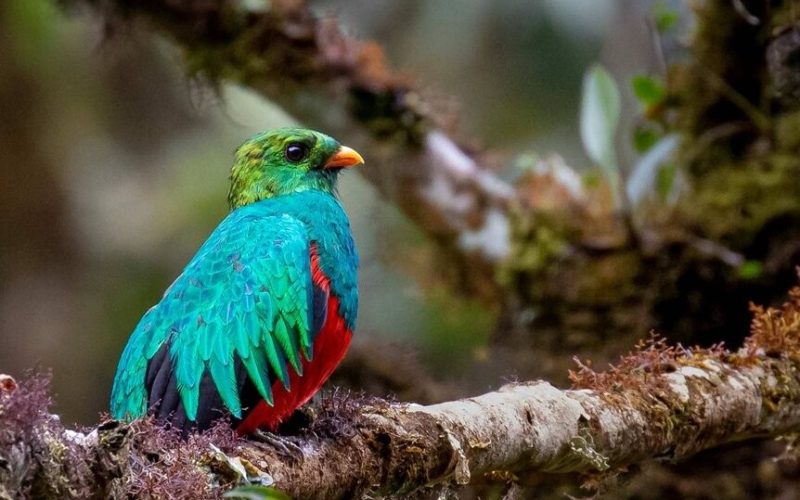
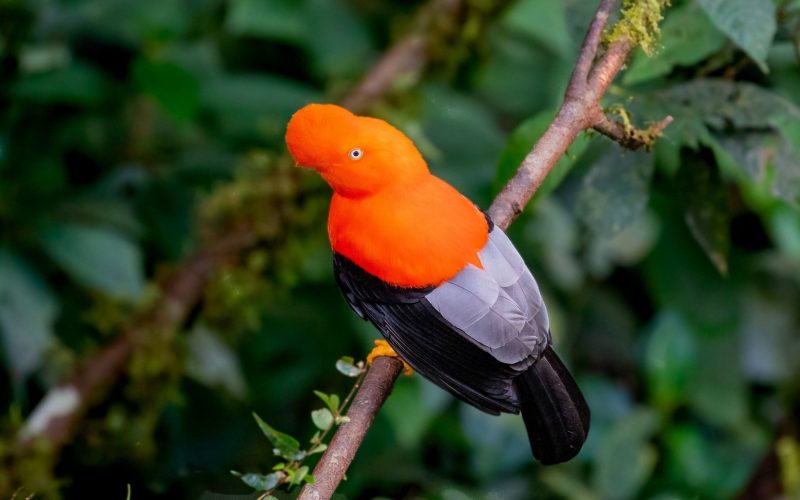
San Pedro
San Pedro is located at 1500 meters elevation, lower, warmer and more confortable than Wayquecha, this is the Cloud Forest itself. This place is particularly special for it´s Cock of the Rock Lek, a wonderful show where groups of bright and colorful males gather here to display attracting dull females. There is a plattaform conveniently placed at the Lek to enjoy it. Other wildlife speciallities here are: Brown Tinamou, Rufous-breasted Woodquail, Rufescent-Screech-Owl, Buff-thighed Puffleg, Rufous-booted Raquet-tail, Peruvian Piedtail (E), Violent-fronted Brilliant, Speckled Hummingbird, Blue-banded Toucanet, Highland Motmot, Blue-moustached Barbet, White-backed Fire-eye, Stripe-chested Antwren, White crowned Tapaculo, Marroon-belted Chat-tyrant, Fulvous-breasted Flatbill, Cinnamon-faced Tyrannulet, Crested Quetzal, Scale-crested Pygmy-tyrant, Yellow-rumped antwren, Yellow-breasted Warbling Antbird, Yungas Manakin, Cereulean-capped Manakin, Inca Jay, White-capped Dipper, Andean Solitaire, Olive Finch, Two-banded Warbler, Carmiol´s Tanager, Russet-backed Oropendola. Among a large list of multi-colored Tanagers and others. In addition, a Tanager new for science have been reported and photographed. The restricted Wooly Monkey lives here as well as the Brown Capuchin Monkeys.
Nights in Cock of the Rock
Foothills - Manu Biolodge (Villa Carmen)
We will arrive to the next lodge for afternoon, the former Villa Carmen is now renewed as one of the most important biological station and open for tourism as Manu Biolodge, 3,000 hectares of preserved forest at 500 masl at the Foothills of Manu National Park. Night,Urubamba Titi and Spider Monkeys are also possibilities. Villa Carmen Lodge stands as an oasis of comfort and natural beauty. Surrounded by the lush cloud forests and foothills of Manu National Park, this lodge offers a tranquil retreat and excellent activies for birding with its charming wooden cabins that blend seamlessly with the landscape.
We will spend 3 days birding at the lodge and surroundings which permits access to great habitats. Bamboo patches offers Rufous-headed Woodpecker, Manu Antbird, Rufous-vented Ground-Cuckoo, White-lined Antbird, White-cheeked Tody-flycatcher, Bamboo Foliage-gleaner and the several trails in the lodge guarantee good birding of restricted species such as Fine-barred Piculet, Scarlet-hooded Barbet, Foothill Antwren, Brownish-headed Antbird, Cabani´s Spinetail among others. Trails show White Hawk, Military Macaw, Blue-headed Macaw, Great Potoo, Lanceolated Monklet, Rufous-capped Nunlet, Yellow-billed Nunbird, Chestnut-backed Antshrike, Yellow-breasted Warbling-antbird, Blackish Antbird, Black-backed Tody-flycatcher (E), Ornate Flycacher, Mottle-backed Elaenia, Fiery-capped Manakin and many more.
Oxbow lake and acuatic enviroments can be found close where Hoatzin, Gray-cowled Woodrail, Riparian Antbird, Ladder-tailed Nightjar, Pale-eyed Blackbird, Black-Billed Seedfinch, etc. Additionally a garden hummingbird feeder holds White-necked Jacobin, Rufous-breasted Hermit, Black-throated Mango, Rufous-crested Coquette, Koepcke´s Hermit (E) and find Amazonian Antpitta, King Vulture and Rufous-sided Crake at the feeders. Red Howler and Spider Monkeys are also possibilities.
Nights are very productive since Black-banded & Striped Owl, Common Pottoo and Tropical Screech-Owl use to be found near the lodge.
Nights in Manu Biolodge (Ex - Villa Carmen).
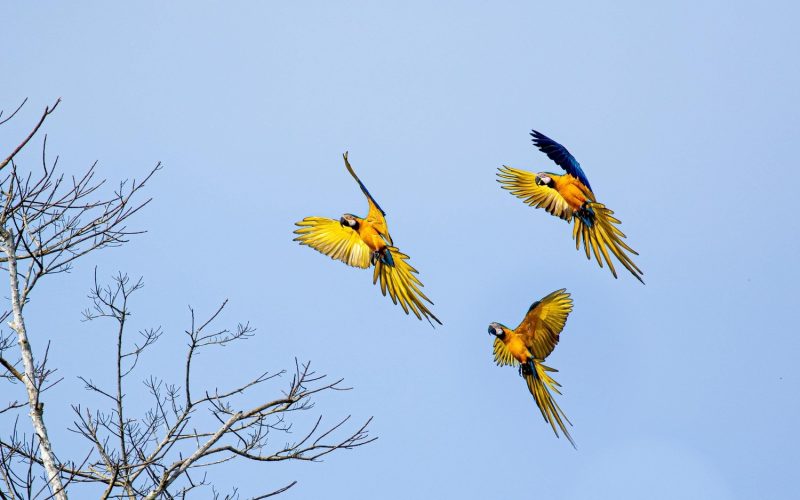
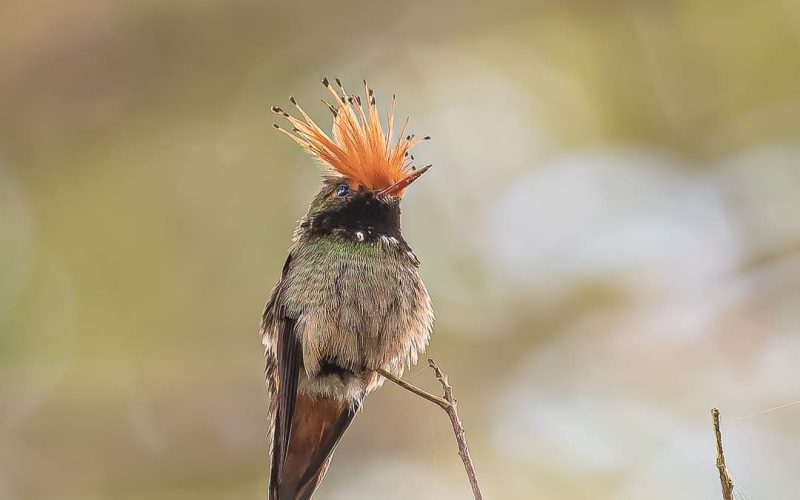
Back to the mountains
We will spend our last morning birding around the Villa Carmen, where Black-capped, Little & Undulated Tinamou as well as Amazonian Antpitta come to the feeders near the lodge. Other birds are White hawk, Blued-headed & Military Macaw; Band-tailed and Firey-capped Manakin, Rufous-capped Nunlet, White-linned & Sooty, Antbird, Bamboo Antshrike, Foothill Antwren, Johanne´s Tody Flycatcher, Mottle-backed Elaenia, Black-backed Tody-flycatcher (E), Rusty-belted Tapaculo, Cuzco Warbler among many other species.
Later , we will get back to the road back to the mountains and will make some stops along the way for missing species or better views for Urubamba Anpitta (E), Yungas & Cereulean-capped (E) Manakin, Crimson-crested Woodpecker, White-backed Fire-eye, Slaty Gnateater, Buff-tailed Sicklebill, Inca (E), Handsome and Ochraceous-breasted Flycatcher, Black-throated Tody-tyrant, Golden-headed & Crested Quetzal, White-collared Jay, etc.
ON at Wayquecha Lodge.
Back to Cusco
After an early breakfast and birding at trails, we will get back to the road back to the mountains. We will make some stops along the way for missing species and search for Superciliared (Urubamba) Hemispingus, Pale-legged Warbler, Black-faced Brush-Finch, Dusky-green Oropendola, Mountain Cacique on our way back to Cuzco.
Arrival to Cuzco in the mid-afternoon and transfer to your hotel or airport at appropiate time
END OF SERVICES
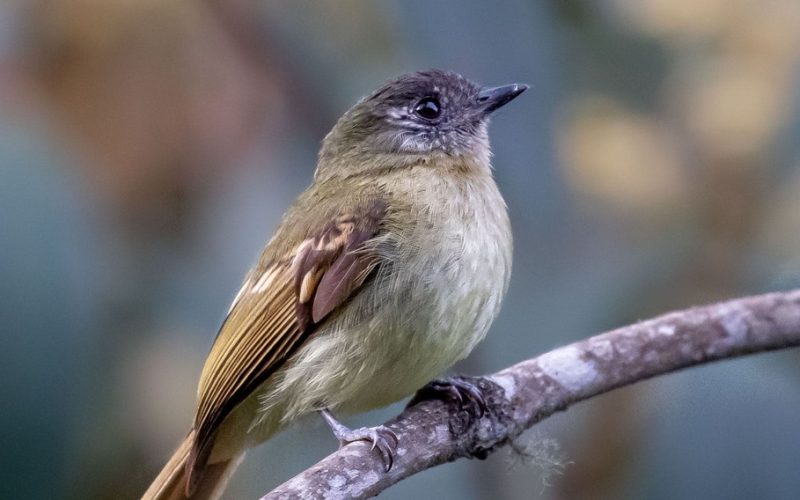
Trip Includes
Includes
Does not include
FAQ
Frequently Asked Questions
Lodges:
- 02 nights in Wayquecha Lodge
- 03 nights in Cock of the Rock Lodge
- 02 nights in Manu Biolodge (ex Villa Carmen)
Meals:
- 02 lunches will be at the field in order to improve birding opportunities
- All meals included except first breakfast and last dinner
- All meals can be adapted for vegetarian or vegan options or any other dietary restriction
Road Condition
- Manu Road is a famous bird watching road and well known for being a bumpy dirt road, but it has been lightly paved since 2020 and is now much more comfortable, but we still have some dirt and bumpy stretches left.

